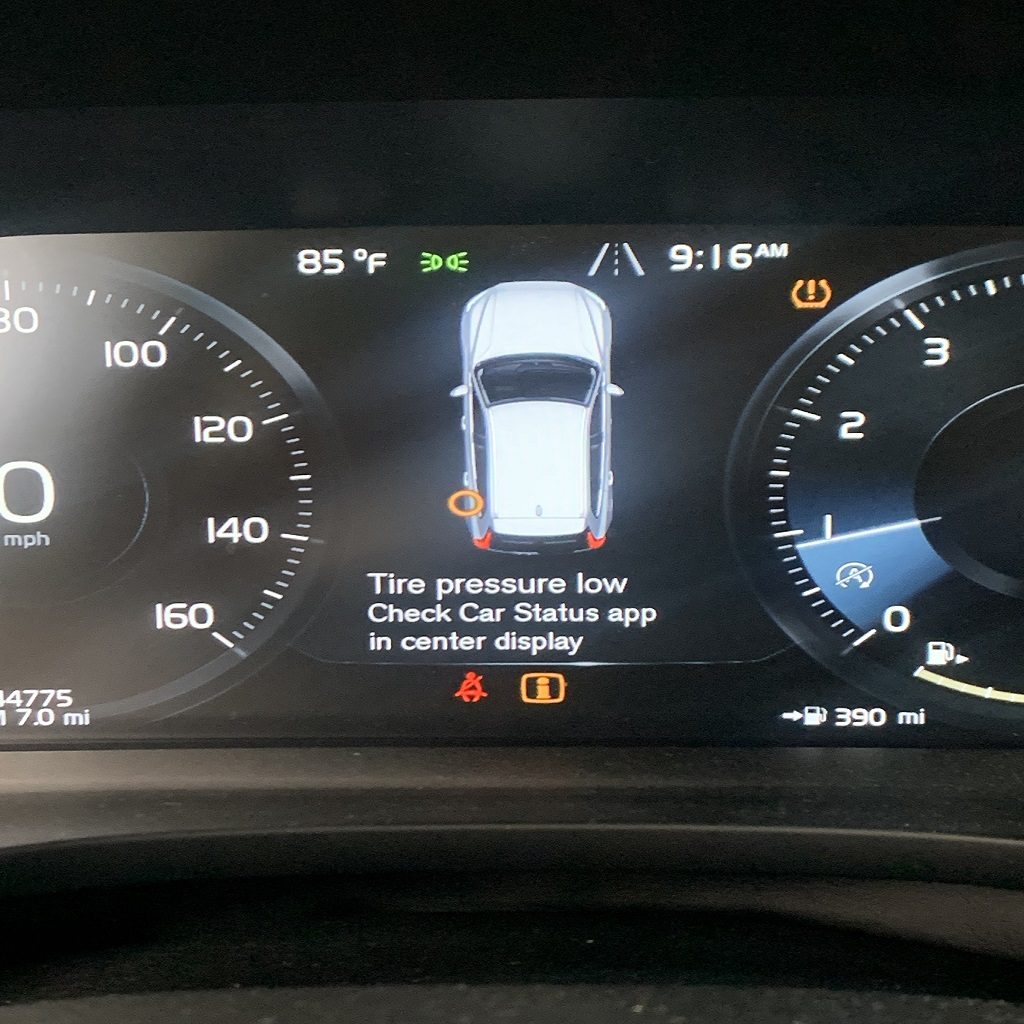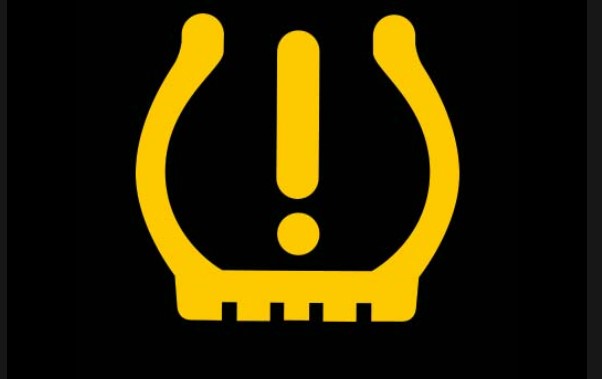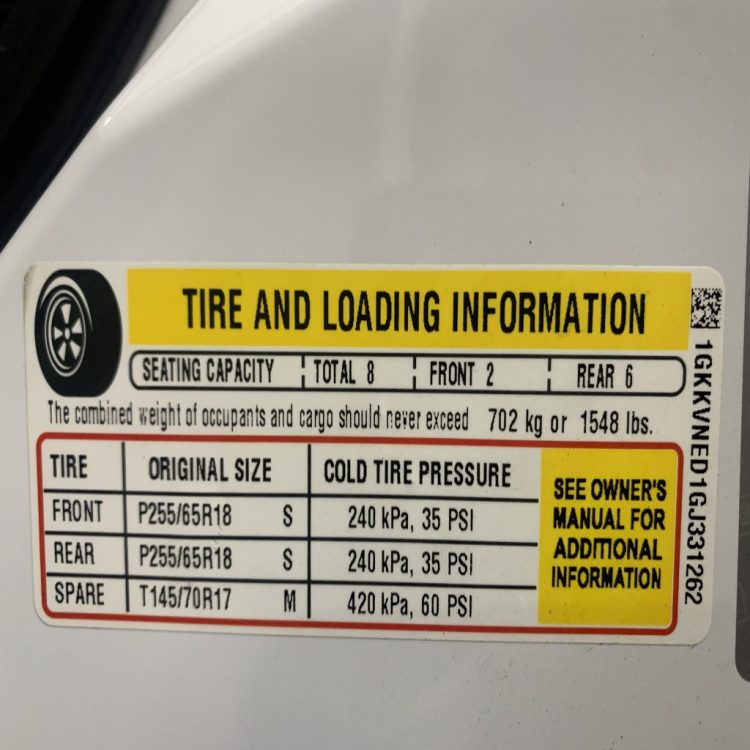volvo tpms system description
The Volvo tire pressure monitoring system uses the ABS system to determine whether the tires are properly inflated by measuring variations in rotational speed across the wheels. If a tire’s inflation pressure is too low, its diameter (and hence rotational speed) will change. The system can tell if one or more tires have insufficient air pressure by comparing them to one another. (in-direct TPMS, read to learn more here)
tpms malfunctioning indicator
Volvo also equipped this vehicle with a TPMS malfunction indicator that illustrates when the system is not functioning properly. The TPMS malfunction indicator uses the same symbol on the dash as the TPMS low tire pressure indicator. When the system detects a malfunction, the tire light symbol will flash for about one minute and then stay lit. This sequence will continue every time you start the vehicle until the malfunction has been corrected and does not exist anymore.
Lastly, when the TPMS system is malfunctioning, the regular tire pressure monitoring system will be faulty and not detect low tire pressure.
TPMS malfunctions can occur for a few reasons. One is the replacement of non-OEM tires or wheels on the vehicle. After replacing tires or wheels on a Volvo always check to see if the malfunction light is flashing or working properly. Always reset the TPMS system after replacing tires or wheels. (after setting the tires to the correct pressures.)
steps for resetting the tire pressure monitoring ststem
- Turn the vehicle off, and inflate tires to the pressures on the placard on the inside of the driver-side door panel.
- Start the car.
- Swipe the screen over to the left and select “CAR STATUS”.
- Then select, TPMS.
- Select Calibrate.
- Tap OK.
- Leave the car running until calibration is finished.
Calibration will be fully complete when the car is driving about 22 MPH. If you shut the car off before the calibration is complete, perform the calibration procedure again. if the procedure fails, this message will show: “Calibration unsuccessful. Try Again”
Calibration process can only be accessed if the engine is running and the car is not moving.
tips:
- After changing wheels or adjusting tire pressure, calibrate the tire pressure monitoring system.
- If you replace the original tires with another size, the tire system must be calibrated.
- Just because this tire pressure monitoring system exists, always still check over tires monthly.
- If the spare tire is mounted to the vehicle, the tire pressure system will likely light up.
- The tire pressure monitoring system cannot be turned off.
- The tire pressure monitoring system cannot/will not detect any immediate damage to a tire.




